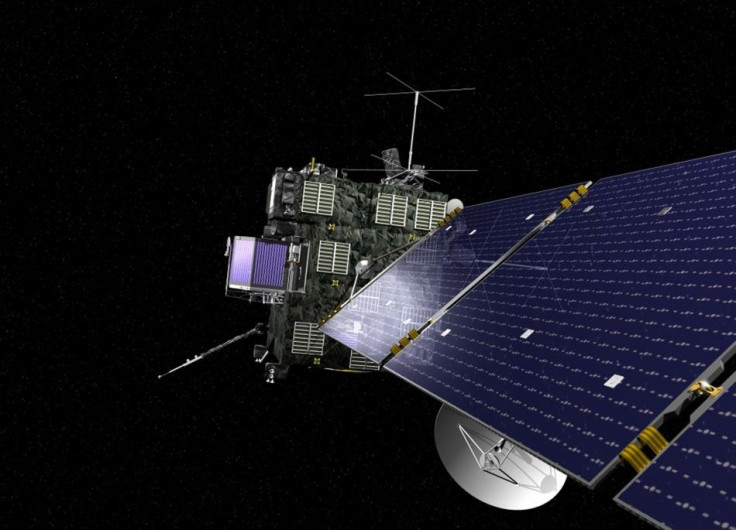Comet Lander Philae Saved By Accidental Bump

NASA's comet lander Philae, reportedly grazed a crater on the surface of the comet 67P upon impact. Fortunately, this accidental bump with the crater helped Philae end up in an optimum position. Scientists are of the opinion that this incident may have helped immensely in ensuring Philae's future functionality.
Researchers at NASA are of the opinion that Philae supposedly grazed a crater while landing on Mars. Philae is believed to have bounced off the surface of the comet a few times upon its landing, and it is during this tumble that it brushed against a crater. Researchers believe that this accidental little graze actually propelled the comet lander into a better location.
If not for this incident, Philae might have ended up in a completely darkened area of 67P and would probably have never received enough solar energy to charge itself to life. At the moment, Philae is in hibernation mode. The comet lander only receives around an hour and 20 minutes of sunlight per comet day. In fact, NASA officials state that only three of Philae's six set of solar panels currently receive sunlight.
However, due to Philae's current favourable position on 67P, scientists believe that by summer, the comet lander will have enough energy to come back online and send in data on a regular basis. 67P is slated to be closest to the Sun during the coming summer months. The comet's proximity to the Sun is likely to be helpful to Philae in terms of more energy as well as data.
Although Philae's exact location is still unknown, researchers are probably poring over the numerous images received by the comet lander's "fairy godmother" Rosetta to ensure that Philae is alive and kicking. Philae still has a little time left to continue its beauty sleep before awakening in the summer, searching for new adventures.




















